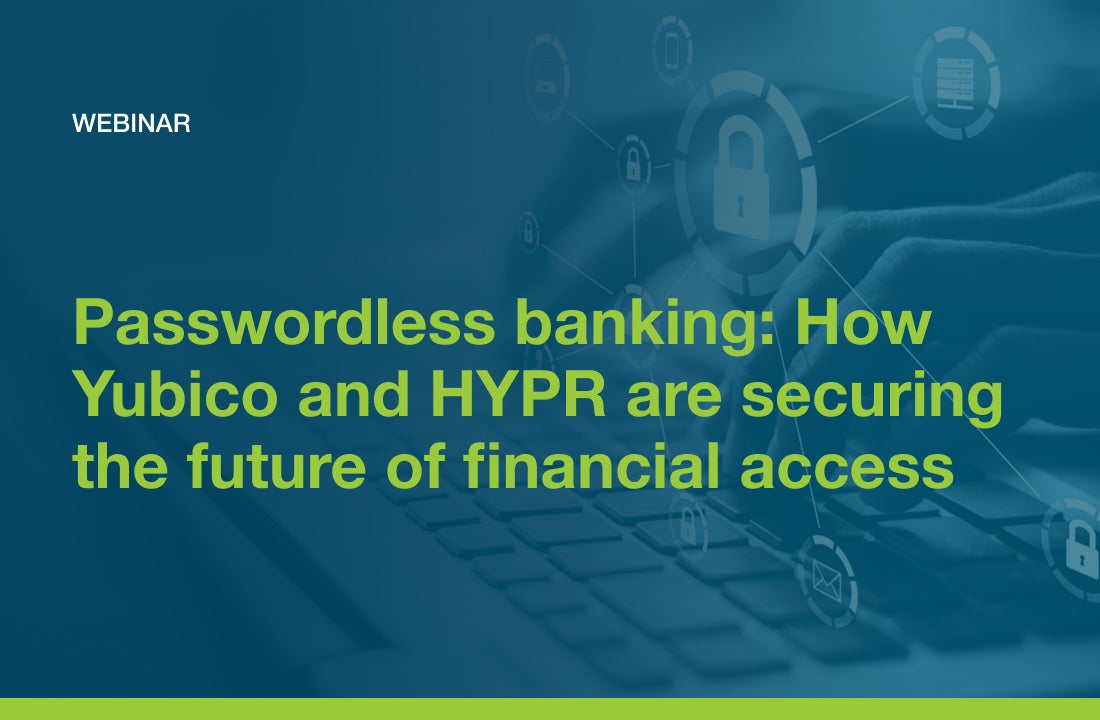Across Australia, cybercrime continues to be a major challenge impacting businesses, critical infrastructure and consumers alike. The use of AI by bad actors across the spectrum of cybercrime is on the rise, and as a result, credential phishing scams are becoming increasingly sophisticated. AI is effectively helping to lower the cost of phishing and increase the amount of attacks with automation – all while creating more convincing scams which make them harder to detect.
Understanding that phishing threats still loom large, the Australian Government is taking action to become truly phishing-resistant as a country. The good news is that phishing resistance is a solvable challenge with the right approach and tools in place: Initial strategic cybersecurity efforts have been successful, including the Australian Government’s Cyber Security Strategy 2023-2030 and an impactful update to the Maturity Model for the Essential Eight where phishing-resistant MFA is among the eight mitigation strategies.
In response to continued rising phishing-based scams throughout the country, the government recently introduced the Scams Prevention Framework (SPF) Bill – a significant legislative step towards combating fraud and strengthening consumer protection, including penalties for non‑compliance. The bill presents many positive actions against phishing, including focusing on regulated entities within banking, telecommunications and digital platform service provider sectors – all areas where consumers are most active. However, there are some areas of improvement the bill can address to enable Australia and its citizens to become cyber resilient – including extending focus to other key industries.
Geoff Schomburgk, APJ sales director at Yubico, recently sat down with Ticker News to discuss the Scams Prevention Framework and how the government can approach broader safeguards and protection against the rise of sophisticated phishing attacks on businesses and consumers. Check out the full interview below, and contact our team with questions about getting started with phishing-resistant YubiKeys today.



